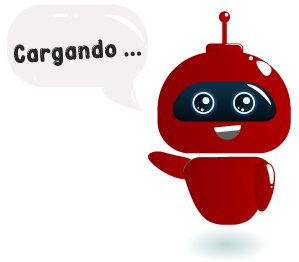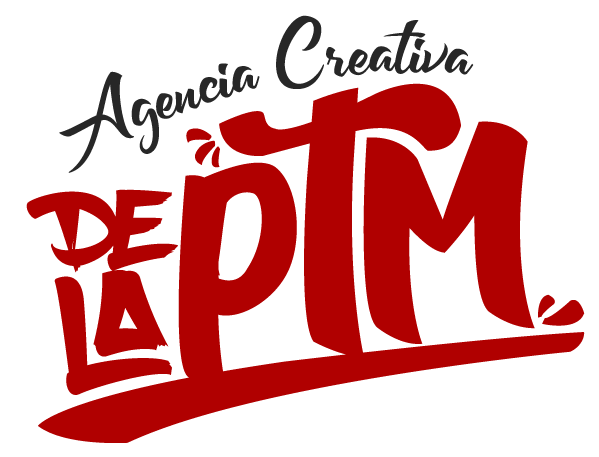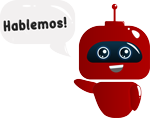AI Image Recognition: Use Cases
However, training such a model is prohibitively expensive, so we instead concatenate features from multiple layers as an approximation. Unfortunately, our features tend to be correlated across layers, so we need more of them to be competitive. Taking features from 5 layers in iGPT-XL yields 72.0% top-1 accuracy, outperforming AMDIM, MoCo, and CPC v2, but still underperforming SimCLR by a decent margin. Image recognition is on its way to being a blessing for various industries. Learn which industries are practically getting benefitted from image recognition technology.

A noob-friendly, genius set of tools that help you every step of the way to build and market your online shop. One final fact to keep in mind is that the network architectures discovered by all of these techniques typically don’t look anything like those designed by humans. For all the intuition that has gone into bespoke architectures, it doesn’t appear that there’s any universal truth in them.
Google Lens
From logistics to customer care, there are dozens of image recognition implementations that can make business life easier. The first industry is somewhat obvious taking into account our application. Yes, fitness and wellness is a perfect match for image recognition and pose estimation systems.
- For more inspiration, check out our tutorial for recreating Dominos “Points for Pies” image recognition app on iOS.
- Therefore, if you are looking out for quality photo editing services, then you are at the right place.
- If we did this step correctly, we will get a camera view on our surface view.
- At the same time, they are not going to be foolproof; a motivated individual can evade AI detection tools or use one of the many open-source models available today.
- Still, it is a challenge to balance performance and computing efficiency.
- AI applications in image recognition include facial recognition, object recognition, and text detection.
Visual search uses real images (screenshots, web images, or photos) as an incentive to search the web. Current visual search technologies use artificial intelligence (AI) to understand the content and context of these images and return a list of related results. Inappropriate content on marketing and social media could be detected and removed using image recognition technology. A research paper on deep learning-based image recognition highlights how it is being used detection of crack and leakage defects in metro shield tunnels. Other machine learning algorithms include Fast RCNN (Faster Region-Based CNN) which is a region-based feature extraction model—one of the best performing models in the family of CNN.
Quality assurance
It can issue warnings, recommendations, and updates depending on what the algorithm sees in the operating system. Everything is obvious here — text detection is about detecting text and extracting it from an image. The technology is also used by traffic police officers to detect people disobeying traffic laws, such as using mobile phones while driving, not wearing seat belts, or exceeding speed limit. Optical character recognition (OCR) identifies printed characters or handwritten texts in images and later converts them and stores them in a text file. OCR is commonly used to scan cheques, number plates, or transcribe handwritten text to name a few.
The placeholder for the class label information contains integer values (tf.int64), one value in the range from 0 to 9 per image. Since we’re not specifying how many images we’ll input, the shape argument is [None]. The common workflow is therefore to first define all the calculations we want to perform by building a so-called TensorFlow graph. During this stage no calculations are actually being performed, we are merely setting the stage. Only afterwards we run the calculations by providing input data and recording the results.
In healthcare, medical image recognition and processing systems help professionals predict health risks, detect diseases earlier, and offer more patient-centered services. Convolutional neural networks are one of the most popular kinds of algorithms used in image recognition (CNN). CNNs process images by being passed through layers of convolutional and pooling algorithms that extract progressively more abstract features.
This is the first time the model ever sees the test set, so the images in the test set are completely new to the model. The process of categorizing input images, comparing the predicted results to the true results, calculating the loss and adjusting the parameter values is repeated many times. For bigger, more complex models the computational costs can quickly escalate, but for our simple model we need neither a lot of patience nor specialized hardware to see results.
The AI/ML Image Processing on Cloud Functions Jump Start Solution is a comprehensive guide that helps users understand, deploy, and utilize the solution. It leverages pre-trained machine learning models to analyze user-provided images and generate image annotations. AI in Image Recognition works through a process of training and recognition.
In order to make this prediction, the machine has to first understand what it sees, then compare its image analysis to the knowledge obtained from previous training and, finally, make the prediction. As you can see, the image recognition process consists of a set of tasks, each of which should be addressed when building the ML model. To benefit from the IR technology, all you need is a device with a camera (or just online images) and a pre-modeled algorithm to interpret the data. In all industries, AI image recognition technology is becoming increasingly imperative. Its applications provide economic value in industries such as healthcare, retail, security, agriculture, and many more. To see an extensive list of computer vision and image recognition applications, I recommend exploring our list of the Most Popular Computer Vision Applications today.
Social Share
Neither of them need to invest in deep-learning processes or hire an engineering team of their own, but can certainly benefit from these techniques. NeuroFlash offers a Free trial version of its AI-powered image recognition software, which can help you automate image recognition processes in a quick and easy way. Train the model using model.fit() method that allows the machine to learn patterns by providing training and test/validation dataset to the model. Here we have used pyplot module from matplotlib library to view our training dataset. To work with images, let’s load the images to our disk using tf.keras.utils.image_dataset_from_directory utility. We use a training split 80% of the images for training and 20% for validation when developing our model.
- We sample the remaining halves with temperature 1 and without tricks like beam search or nucleus sampling.
- The output of the model was recognized and digitized images and digital text transcriptions.
- Lan Goodfellow and his colleagues are the one who invented this network in the year 2014.
- The importance of recognizing different file types cannot be overstated when building machine learning models designed for specific applications that require accurate results based on data types saved within a database.
We know that in this era nearly everyone has access to a smartphone with a camera. Hence, there is a greater tendency to snap the volume of photos and high-quality videos within a short period. Taking pictures and recording videos in smartphones is straightforward, however, organizing the volume of content for effortless access afterward becomes challenging at times. Image recognition AI technology helps to solve this great puzzle by enabling the users to arrange the captured photos and videos into categories that lead to enhanced accessibility later. When the content is organized properly, the users not only get the added benefit of enhanced search and discovery of those pictures and videos, but they can also effortlessly share the content with others. It allows users to store unlimited pictures (up to 16 megapixels) and videos (up to 1080p resolution).
Image Recognition AI used in visual search
The notation for multiplying the pixel values with weight values and summing up the results can be drastically simplified by using matrix notation. If we multiply this vector with a 3,072 x 10 matrix of weights, the result is a 10-dimensional vector containing exactly the weighted sums we are interested in. If images of cars often have a red first pixel, we want the score for car to increase. We achieve this by multiplying the channel value with a positive number and adding that to the car-score.
Any irregularities (or any images that don’t include a pizza) are then passed along for human review. The encoder is then typically connected to a fully connected or dense layer that outputs confidence scores for each possible label. It’s important to note here that image recognition models output a confidence score for every label and input image. In the case of single-class image recognition, we get a single prediction by choosing the label with the highest confidence score. In the case of multi-class recognition, final labels are assigned only if the confidence score for each label is over a particular threshold. One of the most popular and open-source software libraries to build AI face recognition applications is named DeepFace, which is able to analyze images and videos.
In addition, using facial recognition raises concerns about privacy and surveillance. The possibility of unauthorized tracking and monitoring has sparked debates over how this technology should be regulated to ensure transparency, accountability, and fairness. This could have major implications for faster and more efficient image processing and improved privacy and security measures.
‘Drag and drop’ image recognition startup Captur raises £2.2m – UKTN (UK Technology News
‘Drag and drop’ image recognition startup Captur raises £2.2m.
Posted: Wed, 18 Oct 2023 07:00:00 GMT [source]
Read more about How To Use AI For Image Recognition here.
Top Image Processing Python Libraries – MarkTechPost
Top Image Processing Python Libraries.
Posted: Sun, 23 Jul 2023 07:00:00 GMT [source]


